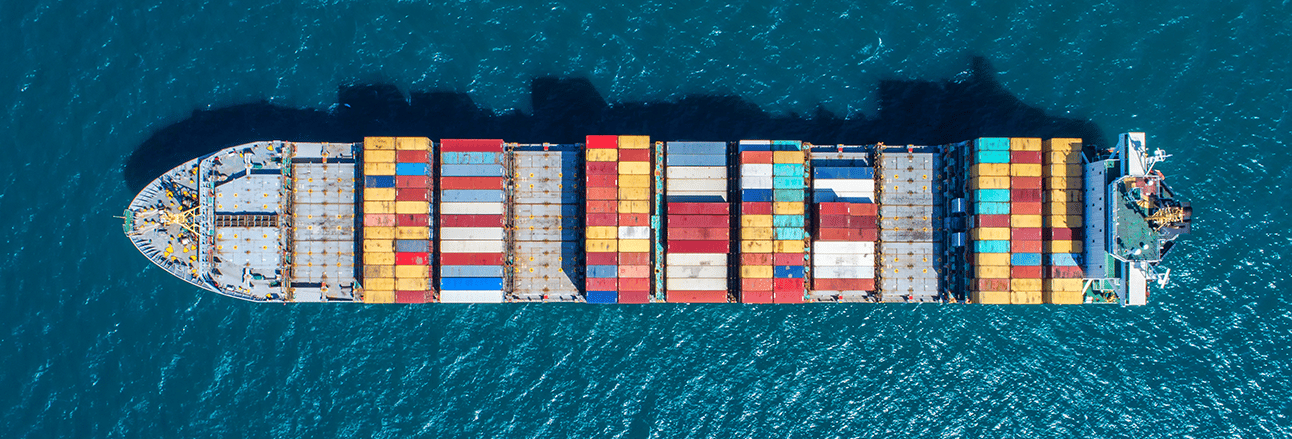SMN: Setting the Maritime Connectivity Agenda
The Smart Maritime Network (SMN) Series of events take place each year in maritime cities around the world, including Rotterdam, Singapore, Copenhagen, Tokyo and Athens. The goal of the Series is to provide a platform to promote the benefits of enhanced integration and data sharing among stakeholders within the maritime and transport logistics sectors, informing and educating the industry on technological developments and innovations while providing wider opportunities for relationship building, thought leadership, and knowledge sharing. Satellite Connection sat down with Andrew Faiola, Head of Mobility at ST Engineering iDirect to get some insight into the events and what it means to be a member of the SMN Council.
On Wednesday, you’ll be attending the Smart Maritime Network conference in Rotterdam. What in particular are you looking forward to at the event?
The Smart Maritime Network has created a unique environment that brings together a broad cross-section of the maritime industry. Not only that, we are also a member of the Smart Maritime Council which is a smaller group that is focused on real deliverables for the industry and setting the agenda for the events. This close contact with the industry is something you just cannot get at a typical trade show.
What kind of people does the event give you the opportunity to meet?
It is not just the connectivity service providers talking to ship owners and fleet managers, but the SMN brings in participants from across the maritime industry. This is important for us as it gives us a broader view of the external forces affecting the vertical at large and helps us gain insight not only to our customers’ pain points, but also those of their customers. This kind of knowledge helps us to anticipate the needs of our customers and deliver solutions that help run profitable businesses.
ST Engineering is a member of the Smart Maritime Network Council. Can you tell us a bit about what the Council does and what it promotes?
The Council brings together a small group of sponsors and non-sponsors with the objective to make the conferences more than just talking shops. In the Council, we are working to try to agree and then make recommendations around the format of data sets generated from devices onboard vessels. Today, every OEM generates and formats data from the same sensors differently. Historically, that has been seen as a way to limit competition, but it also has the effect of limiting the ability to learn about the behavior of large numbers of devices from engines to propellers to hull coatings. The shipping industry is only slowly coming to the realization that some sharing of data can benefit everyone. A rising tide lifts all boats as they say!
Can you tell us a bit about the kinds of companies that are members?
Some of our traditional customers are members such as Inmarsat, and KVH but the council also encompasses OEMs like ABB and Wartsila, insurance company Marsh, class society Class NK, and others. This year, Inmarsat, KVH, Speedcast and GT Maritime are sponsors of the event and they are also our customers, so our involvement is very important.
Why is it important that ST Engineering is involved on the Council?
Being involved in the Council demonstrates our commitment to the vertical segment much like we are involved in ARINC 791/792 for Aero or the 5GAA for Land Mobility. But it also gives us the ability to learn and work with our customers and directly with their customers, enabling us to gain greater insight to the end user requirements and their business so that we can tailor and develop our solutions in order to anticipate future requirements. The maritime market is a core market for ST Engineering iDirect and we have worked to become market leaders in this segment. It’s very important to us that we maintain constant dialog with our customers to ensure that we deliver the products and solutions that they need both today and tomorrow, and it’s this kind of involvement and close contact with both our customers and end users that enables us to do that.
What do you consider to be the top three trends or challenges in the maritime satcom sector at present?
Firstly, there is digitalization and the implementation of IoT to gain actionable insights in order to improve efficiency, reduce costs, comply with regulations (economic uncertainty, layers of inefficiency, and tough competition drives the need to find operational savings wherever possible).
Secondly, I see standardization as an increasingly important challenge. A framework needs to be developed for interoperability so that businesses can operate and trade more efficiently. At present, proprietary documentation, sensor data, etc. makes it very difficult to implement industry-wide standards).
Thirdly, the issue of cybersecurity is a very hot topic. Now that ships are increasingly connected all of the time, crew bring their own devices on board and onboard systems often require over-the-air updates for compliance. This creates more opportunities than ever for malicious attacks and most shipping companies are not prepared to tackle this when it happens.
How do you see the future in terms of the adoption of satellite technology in the maritime sector as a whole?
Satellite connectivity in maritime as a whole is now a given. Demographic, regulatory, and compliance trends have ensured that there is some kind of connectivity on just about every vessel. The future will be about how we can facilitate the blending of multiple satellite constellations as well as terrestrial connectivity to deliver a seamless blanket of connectivity wherever vessels may sail. We will also help to open the door to smaller, less expensive terminals in order to both expand the market and increase affordability at the point of consumption. This will continue to release pent-up demand in terms of the overall size of the market, but also in terms of data consumption (and production) per vessel.
